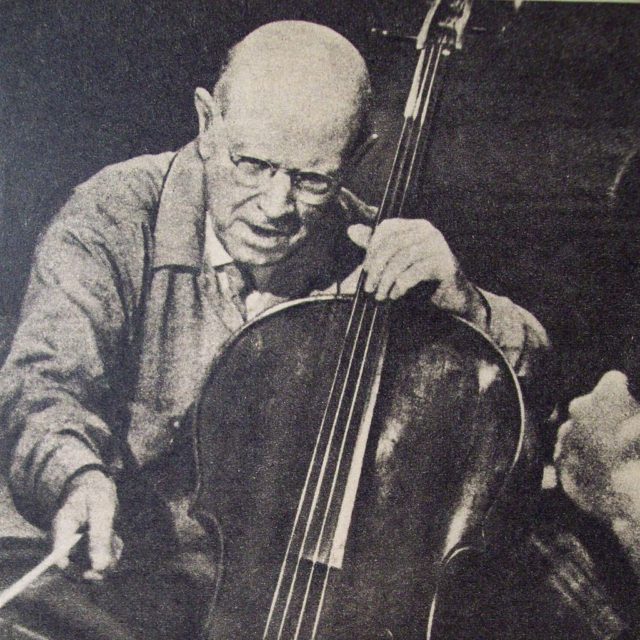A terrific example of the value of client feedback—Part 2
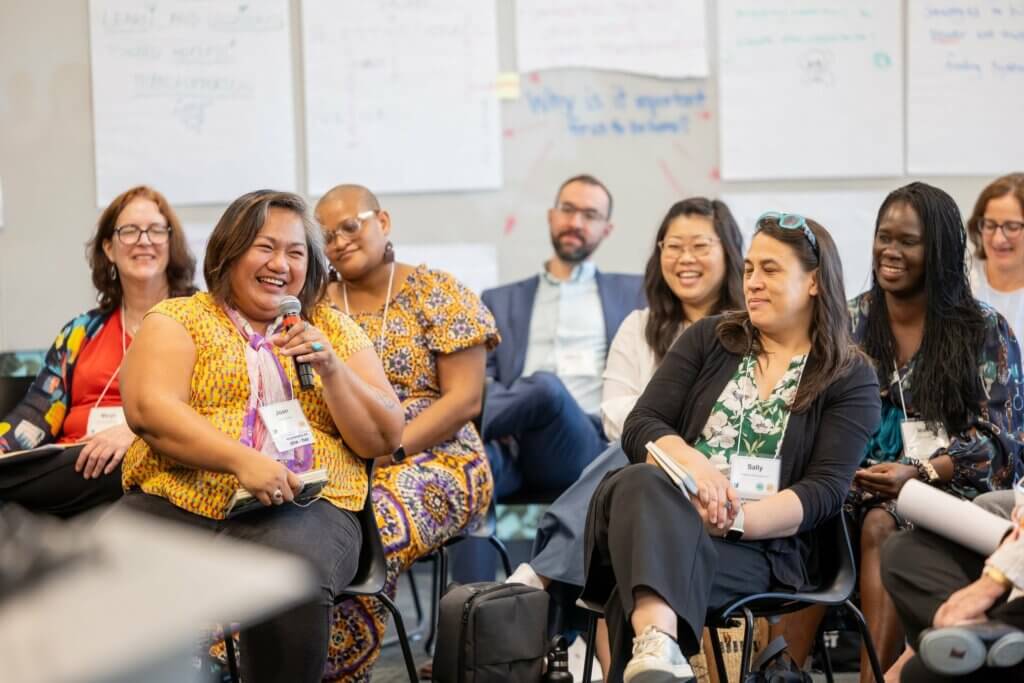
In this continuation post, I’ll share what I learned from Rachel’s feedback.
I get client feedback!
Right after PSFG’s second peer conference in May 2024, I was delighted to receive detailed feedback from Rachel (in red), which I shared in full in Part 1. Here’s what I learned.
Peer session development process
Rachel made two great additions to the peer session development process we’d designed for her first peer conference.
1 . BRAINSTORM AND REFLECT
I like the ancillary questions she added to the key prompt: “If you could pick a session to hold … using the people and resources around you, what would it be?”
- What topic or question would it address?
- Who here could you enlist as an ally or speaker or support person?
- Why does it matter? (Here and now)
These are excellent ways to help participants think more deeply about a session they might propose.
2. SESSION DESIGN
“…we gave [participants] the option of either working alone or finding someone else to create a session (we wound up having a group of 6 people interested in a specific topic create a two-party session together, which was great). We also had them confirm any facilitators or speakers during this creating time, which made the voting/scheduling piece easier for us.”
Adding time for people to explore buddying up to create a session together is a wonderful way for participants to choose session leaders. In the past, I’ve given this task to a small independent group of subject matter experts. Giving participants time (if available) to do this work themselves is a definite improvement when—as in this case—most if not all participants have significant experience and expertise to share.
Full group share outs
PSFG used my personal retrospective process during their conferences. For the second conference, Rachel added an innovation: participants could optionally share their action items with the whole group.
She reported: “We had 4 participants elect to share their action items to the full group and it turned out in a few cases that participants in other groups had someone to offer that person around their action item. It was useful for us as conference organizers to know some of the things that actually came out of the conference.”
I’d describe this as a novel variation on the “action” version of Plus/Delta included in my second and third books. Scheduling this opportunity during the personal retrospective allows participants to share with the full group what they’ve just uncovered and verbalized. This can make sharing more impactful because the work is fresh. On the other hand, an action Plus/Delta’s sole focus on individual offers of accountability and asking for help is, I think, a more structured and inclusive process to consider when a group wants to move to action on one or more objectives.
Group retrospective process
“We shifted this to a reflection exercise where we asked people to reflect on four things (LEARN, APPRECIATE, PLUS, DELTA), circle 2 of their top items from each category, write them on post-it notes, and then we did a gallery walk. After the gallery walk, we invited share outs on what people noticed. We made this shift because last year, we found that the plus/delta process wound up being mostly focused on logistics and we really missed getting insights into what the group noticed about themselves, so we tried to parse that out a bit. We also heard from the introverts that they did not like having to come up to the mic to share. This process felt more introvert-friendly, while allowing people to still “hear” from one another (via the post-it notes). I copied the questions we asked below in case it’s useful.”
Column 1: LEARN
-
- What did you learn? About yourself? This community? Your work?
Column 2: APPRECIATE
-
- Who or what do you want to celebrate or appreciate today?
- Someone in this room? Yourself? One of your pair share partners? Maybe it was someone who facilitated a session or someone you met at the snack table
Column 3: PLUS
What’s something you thought went well? What are the things you wouldn’t change, that you really appreciated about the Annual Meeting?
Column 4: DELTA
Deltas are the things you might change or do differently next time.
This is a creative and excellent alternative to Plus/Delta. I, too, have noticed that Plus/Delta sharing can focus on logistics rather than participants’ learning and connection. Rachel’s process has three great features. It:
- Allows participants uncomfortable speaking in public to share their thoughts and feelings in writing.
- Emphasizes personal, community, and work-related learning outcomes.
- Provides a specific place for appreciations. Although I always encourage participants to give appreciations during a closing Plus/Delta, I think featuring an opportunity to post them is likely to encourage more sharing.
A small improvement: I’d add a prompt to the appreciation column to include the “why?” of the appreciation.
On the other hand, I still like the classic Plus/Delta for three reasons:
- With large groups, due to its fast pace, a classic Plus/Delta provides more opportunities to share.
- Its fast pace typically leads to an emotionally energetic closing session.
- When sharing deltas, alternative points of view can be shared immediately as pluses.
Having received Rachel’s feedback, I will consider using her approach for more introverted groups with enough time to complete her process. And I think I will change my Plus/Delta instructions to encourage sharing and appreciations more than I have in the past.
Unsolicited client feedback is a gift
In conclusion, think about a teacher or mentor who helped you in some important way in the past. Did you ever thank them and tell them why your experience with them was important to you? If you’re like me, the answer to that question is usually “no”.
So please remember that unsolicited feedback is a gift. Thank you Rachel LaForgia ( and my other generous clients) for giving me such excellent client feedback that tells me my work has been noticed and values it enough to suggest how it might be improved.
Image attribution: photograph of a PSFG meeting from the home page of the organization’s website.

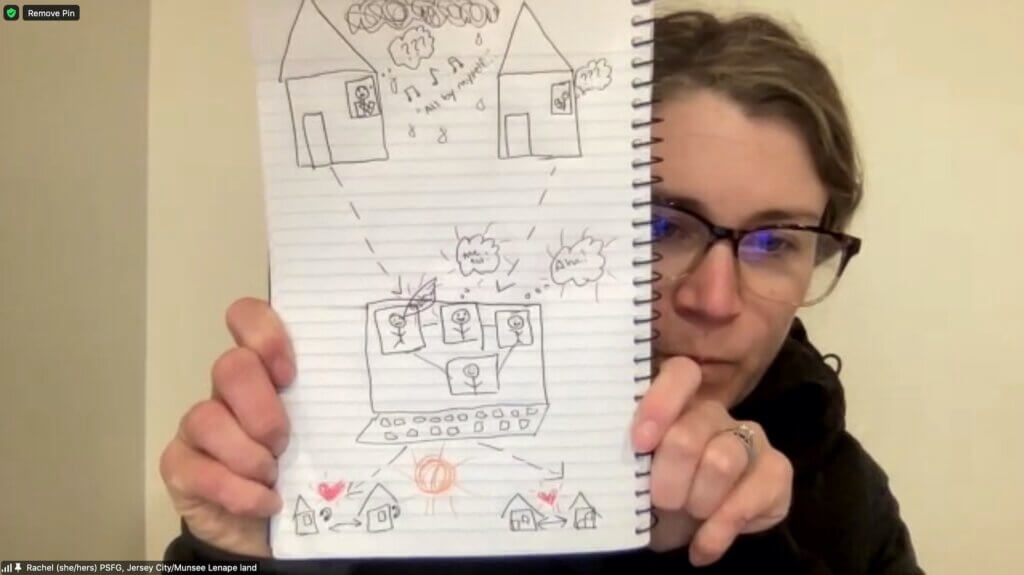
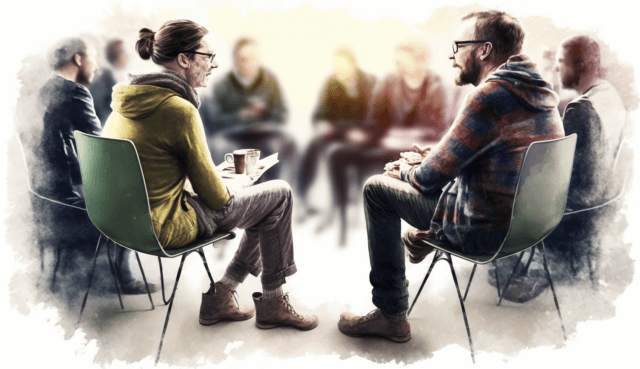 I’m a big fan of the core facilitation technique
I’m a big fan of the core facilitation technique 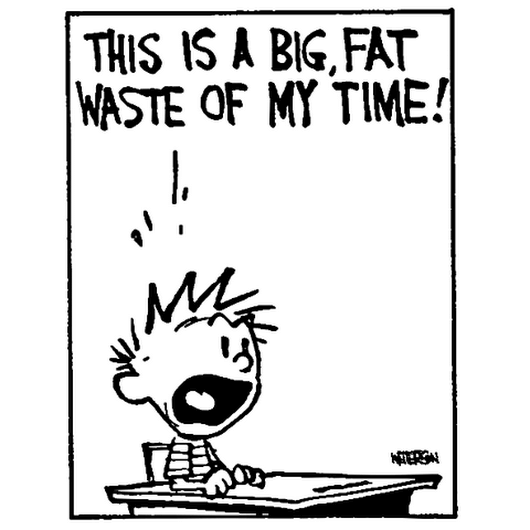
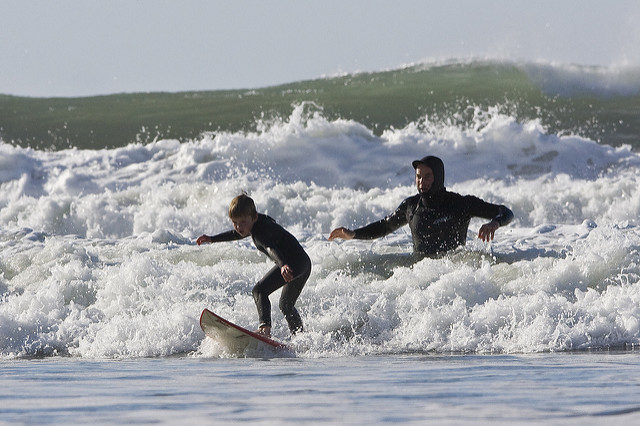 Why is experiential learning superior to every other kind? In a word: feedback.
Why is experiential learning superior to every other kind? In a word: feedback. 